Coffee Bean Fungus?
Last activity 23 May 2017 by planner
Subscribe to the topic
Post new topic
Articles to help you in your expat project in Santo Domingo
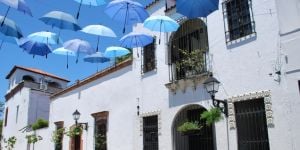 Accommodation in Santo Domingo
Accommodation in Santo DomingoIf you are relocating to Santo Domingo, here is some advice on how to go about finding housing. Whether you choose ...
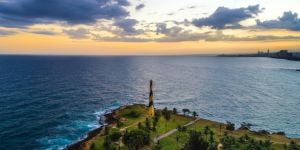 Working in Santo Domingo
Working in Santo DomingoMoving to Santo Domingo? Apart from finding suitable accommodation, you will probably have to look for a job as ...
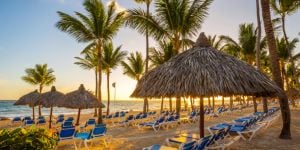 Working in the Dominican Republic
Working in the Dominican RepublicIf you are looking for a job in the Dominican Republic (DR), here are some tips and suggestions. Job hunting can ...
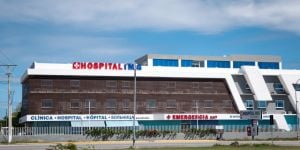 The healthcare system in the Dominican Republic
The healthcare system in the Dominican RepublicIf you are moving to the Dominican Republic, one of your primary concerns is likely to be the healthcare system ...
 Setting up a business in the Dominican Republic
Setting up a business in the Dominican RepublicThe Dominican Republic has indeed been attracting foreign investment over the past few decades, with notable ...
 The Dominican Republic lifestyle
The Dominican Republic lifestyleHere is some useful information on the Dominican society and lifestyle that will guide you if you are planning to ...
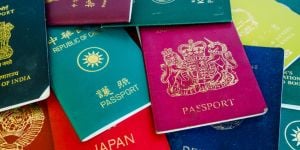 Citizenship in the Dominican Republic
Citizenship in the Dominican RepublicSuppose you got tired of renewing your residence permit. In that case, you simply want to commit to the ...
 Working in Las Terrenas
Working in Las TerrenasAre you looking forward to settling in Las Terrenas? Here are some tips to help you find a job in this major ...



